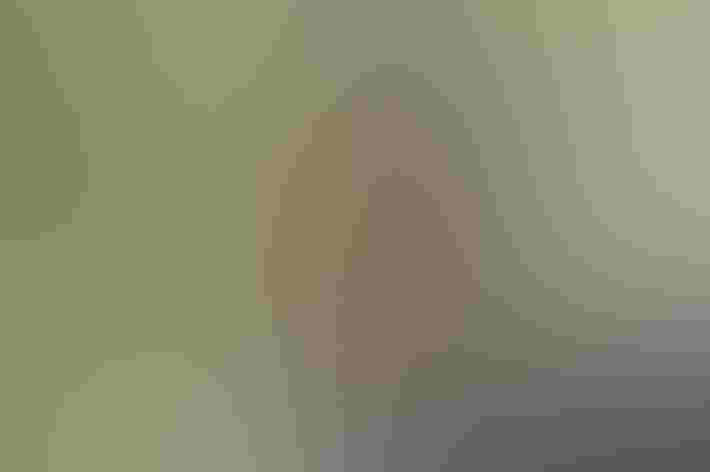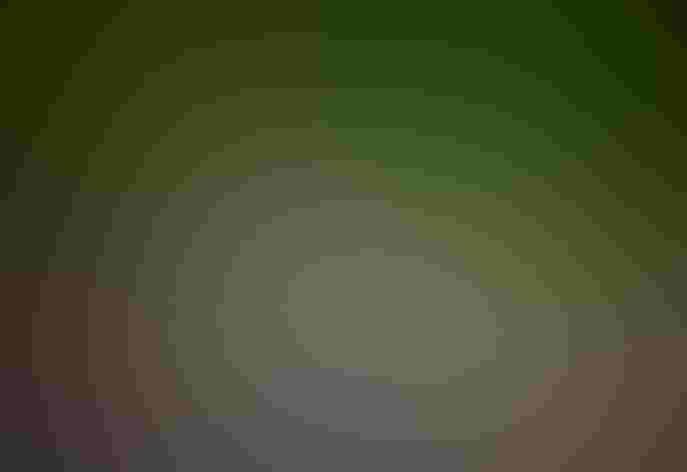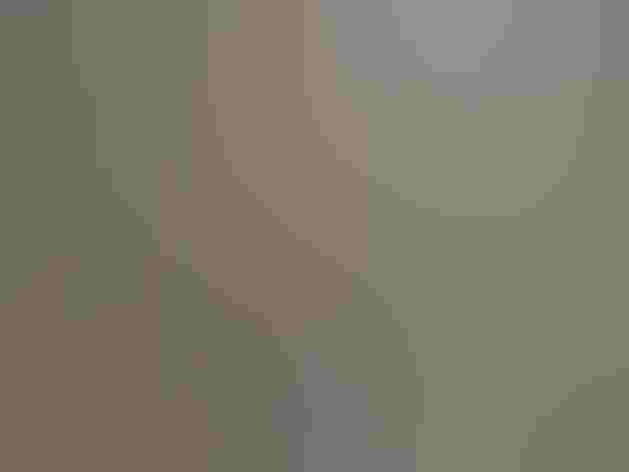Ruffed Grouse
At a Glance
16-19' (41-48 cm). A brown or gray-brown, chicken-like bird with slight crest, fan-shaped, black-banded tail, barred flanks, and black 'ruffs' on sides of neck.
All bird guide text and rangemaps adapted from by Kenn Kaufman© 1996, used by permission of Houghton Mifflin Harcourt Publishing Company. All rights reserved.
Category
Pheasants and Grouse, Upland Ground Birds
IUCN Status
Least Concern
Habitat
Forests and Woodlands, High Mountains, Shrublands, Savannas, and Thickets
Region
Alaska and The North, California, Eastern Canada, Great Lakes, Mid Atlantic, New England, Northwest, Plains, Rocky Mountains, Southeast, Southwest, Western Canada
Behavior
Flushes, Rapid Wingbeats, Running
Population
18.000.000
Range & Identification
Migration & Range Maps
Description
16-19" (41-48 cm). Short crest; long, fan-shaped tail with wide blackish band near tip. Has two color morphs, most obvious in tail color (gray or reddish). Black neck ruffs not usually apparent except during displays. Wide bars of dark and white on sides (below wings) may be conspicuous.
Size
About the size of a Crow, About the size of a Mallard or Herring Gull
Color
Black, Brown, Gray, Red, White
Wing Shape
Fingered, Rounded
Tail Shape
Rounded, Square-tipped
Songs and Calls
Female gives soft hen-like clucks. In spring displaying male sits on a log and beats the air with his wings, creating a drumming sound that increases rapidly in tempo.
Call Pattern
Falling, Flat, Rising
Call Type
Chirp/Chip, Drum, Scream
Habitat
Deciduous and mixed forests, especially those with scattered clearings and dense undergrowth; overgrown pastures.
Sign up for Ě˝»¨ľ«Ńˇ's newsletter to learn more about birds like the Ruffed Grouse
Behavior
Nesting
9-12 pinkish-buff eggs, plain or spotted with dull brown, in a shallow depression lined with leaves and concealed under a bush.
Conservation
Conservation Status
Climate Threats Facing the Ruffed Grouse
Choose a temperature scenario below to see which threats will affect this species as warming increases. The same climate change-driven threats that put birds at risk will affect other wildlife and people, too.








